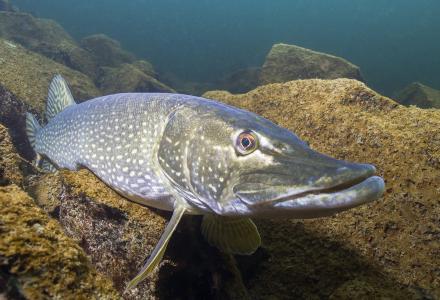In the summer of 2016, I took cameras everywhere as I travelled the Ottawa River to complete fieldwork for my anthropology master’s degree from Carleton University in Ottawa, Ontario. As a documentary photographer, it was an essential part of an ethnographic research project in an unfamiliar landscape. I participated in water testing, sampling for microplastics, youth education workshops and other stewardship expeditions. As my work progressed, I witnessed the crucial role of the camera, one of the most important tools people can use to accomplish water stewardship.

In my study of the Ottawa Riverkeeper’s (ORK) Riverwatcher community-based water monitoring program, I wanted to understand how water stewardship is accomplished by social collectives. The ORK Riverwatcher Handbook contains detailed instructions on taking photos of plants and animals that indicate watershed health. Riverwatchers located throughout the watershed frequently share images of changing watershed ecosystems via their Google Group, a central channel for communication among more than 70 members. Last summer, including a photograph became a formal part of completing monthly Riverwatcher water testing protocol as the group began using the Water Rangers open data water monitoring app to document and share its work. As citizen science data becomes easier to capture and disseminate, photographs of emerging invasive species, sewage discharges or dramatic flooding provide visual evidence that can urge authorities to act.

Groups like ORK and the Water Rangers also are actively capturing images of stewardship initiatives and practices that can help grow and sustain their organizations. Taking and sharing photos of water sampling expeditions, shoreline restorations and other projects in municipalities across North America can expose people interested in environmental issues to opportunities for action where they live.
I share images of my work in different watersheds with other photographers on Instagram, where I also follow waterkeeper collectives from across North America. Groups like Lake Ontario Waterkeeper, the Waterkeeper Alliance and others are constantly sharing photos from water testing training events, public engagement initiatives like the Watermark Project and spring shoreline cleanups. These images and their circulation through social media provide avenues to foster awareness and interventions at a critical time when climate change and other impacts are creating unprecedented challenges for watersheds.

Photography, video and other media that document water stewardship initiatives illustrate the value of investing in water initiatives to funders and potential proponents of water stewardship. Some photographs from my fieldwork have been used by the Water Rangers in a report to the Ontario Trillium Foundation and others will be used by the Canadian Science and Technology Museum for public exhibition later this year.
The camera is an old technology that has long been used to make images that incite awe at the majesty of aquatic environments and provoke concern about their degradation. Photographers like Edward Burtynsky, Paul Nicklen and Sabastio Selgado are just some of the most recognizable household names known for such important work. However, the methods by which photographs are created and shared today enable new opportunities to learn about the scale and pace of aquatic change in ways that can help water stewardship initiatives gain new allies and fortify their work for an uncertain future.




